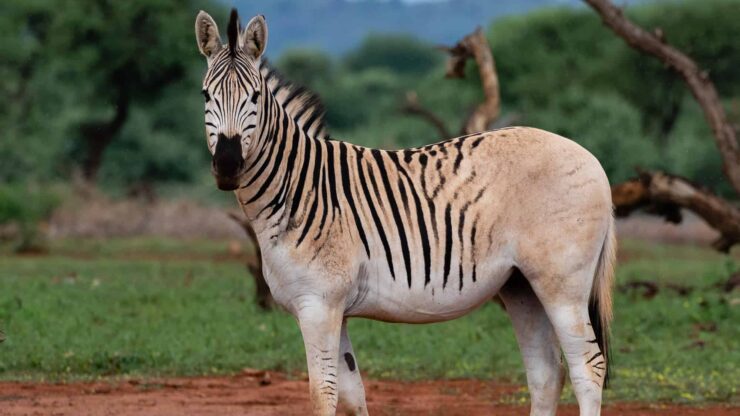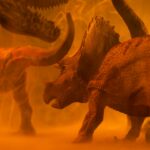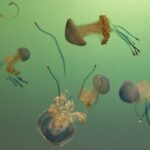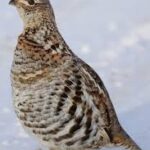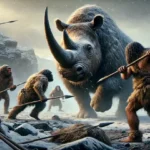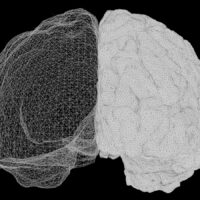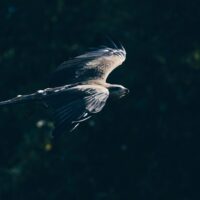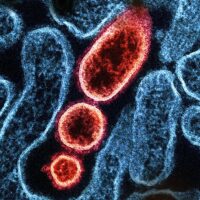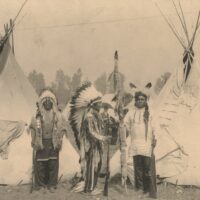The Quagga: A Tale of Extinction
- The quagga, like the dodo, is one of the more familiar animals that has gone extinct in recent times. Amazingly, this horse like animal was wiped out before anyone had figured out what it truly was. In Victorian times, it was the trend among naturalists to describe new species wherever and whenever possible, and the zebra of Africa received a good degree of attention from these early taxonomists. Zebras vary widely in size, color, and patterning, and all of these subtle differences were thought to represent subspecies and even distinct species.
- With the advent of molecular biology and DNA sequencing, it rapidly became clear that there was little validity in what the gentleman scholars of the previous age had proposed. Very recently, scientists managed to isolate some DNA from the mounted skins of the quagga that can be found in several museums around the world. It turned out that the quagga was very likely a subspecies of the plains zebra and not a distinct species at all.
- Sometime between 120,000 and 290,000 years ago, the population of plains zebras in South Africa became isolated from the rest of their species and they started to take on a slightly different appearance. The major difference between the quagga and the plains zebra is the animals’ coat. Live specimens of the quagga only had obvious stripes on their head and neck, but even the 23 specimens in the world’s museums exhibit a lot of variation, with some specimens having more stripes than others.
- The unusual name “quagga” comes from the Hottentot name for the animal, quahah, in imitation of the animal’s shrill cry. Aside from these details, quaggas lived like the plains zebras that can still be seen in sub-Saharan Africa today. They lived in great herds and could often be found grazing with wildebeest or hartebeest and ostriches. It has been suggested that grazing together afforded these animals greater protection from their principal enemy, the lion, thanks to a combination of their talents: the birds’ eyesight, the antelopes’ sense of smell, and the quaggas’ acute hearing. A lion would have been hard-pressed to surprise a group of animals cooperating in this way, and it is very likely that lions caught very few healthy adult quaggas.
- This defence was very effective against lions, but it was not so successful against the Boers, who were equipped with horses and guns. As the Boers moved inland, they exterminated these giant herds of ungulates, primarily for food but also for their high-quality skins. Quaggas were also captured live and put to various uses. By all accounts, the quagga was a very lively, highly strong animal, and the stallions were prone to fits of rage, so taming one of these animals must have been very interesting and practically impossible.
- In the early days of the Boers’ settlement of South Africa, the quagga was sometimes kept as a guard horse to protect domestic livestock. Any intruder, be it a lion or a rustler, was treated to the whinnying alarm of the quagga and most probably attacked by this tenacious horse. Some quaggas also found their way to Europe, where they ended up in the big zoos. The powers that be at London Zoo thought a quagga breeding program would be an excellent idea; however, this quickly came unstuck when the lone stallion lost its temper and bashed itself to death against the wall of its enclosure.
- Regardless of the quagga’s spirited nature, it seems there was a trend for quaggas as harness animals, and the cobbled streets of 1830s London rang out to the sounds of their cantering hooves. Just how they were coaxed into pulling a carriage full of genteel Londoners is unknown, but they were probably gelded beforehand.
- The Boers, and the British before them, were quick in taming the verdant lands of South Africa, lands that abounded in game and opportunity. The native tribes of South Africa fought these invaders but were forced to abandon their prime territories. The Europeans mercilessly destroyed the abundant South African wildlife, not only for food and skins, but also for recreation and to make way for agriculture. The quagga was one of the casualties of this onslaught.
- In the 1840s, great herds of quaggas and other animals roamed South Africa, but only 30 years later, in 1878, the last wild quagga was shot dead. The last quagga, a female, died in Artis Magistra Zoo in Amsterdam in 1883. Today, the remnants of this South African wildlife can only be seen in national parks.
- Six subspecies of the plains zebra are recognized. Two of these, the quagga and Burchell’s zebra, are extinct today, and the other subspecies have lost a lot of their habitat to human encroachment. Although their numbers have declined, zebras can still be seen in large numbers in sub-Saharan national parks.
- As with the tarpan and the aurochs, animal breeders are attempting to resurrect the quagga by selectively breeding from living zebras that have quagga characteristics. Such an exercise is quite pointless, and the resources needed for such programs would be much better spent protecting the surviving zebras.
According to analysis of quagga DNA, this subspecies became isolated from the plains zebra sometime between 120,000 and 290,000 years ago. If correct, this is a remarkably short amount of time for the differences seen in the outward appearance of the quagga to evolve. Perhaps a population of the plains zebra was completely isolated in South Africa and started to evolve along a unique course. This is the very beginning of speciation, the process where one species becomes two over thousands or millions of years. After less than 300,000 years, the quagga had almost lost the distinctive coat of the plains zebra, and if it had been allowed to survive for thousands more years, it would have continued to differentiate until it was a distinct species in its own right.
“Does the quagga still exist?”
No, quaggas are not alive; they are an extinct subspecies of the plains zebra that was hunted to extinction in the late 19th century.

